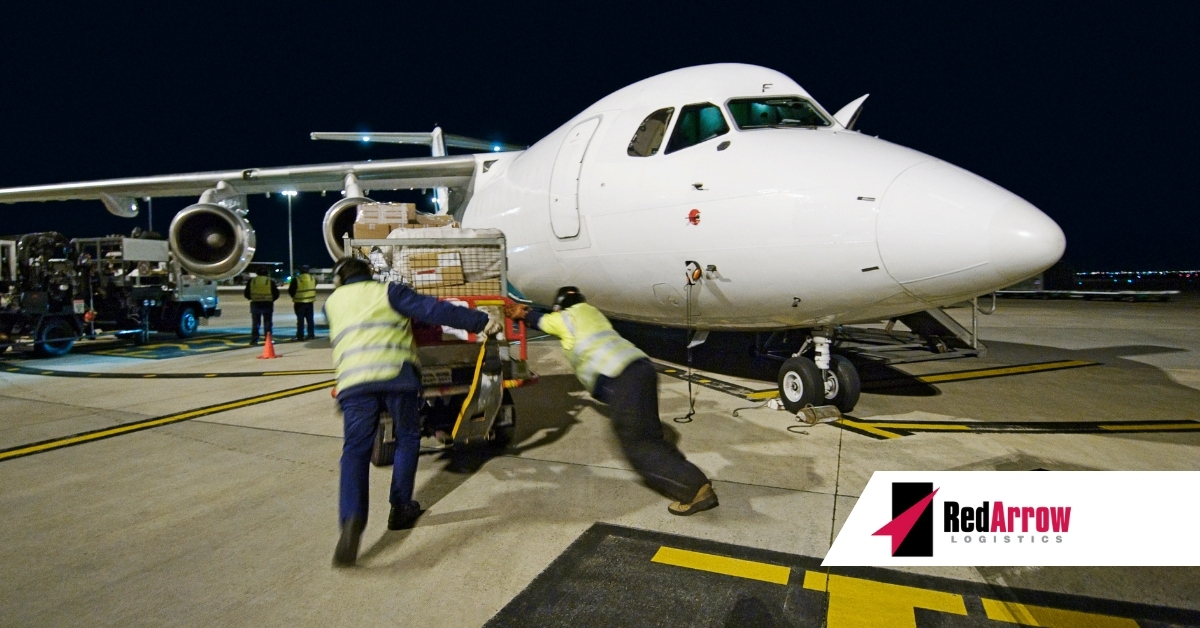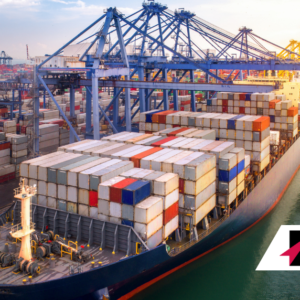The airfreight market shows no signs of slowing down, with many industry leaders indicating a growth trajectory. Delays on the ocean shipping lines have sent many retailers to air freight. In 2021, airfreight had a strong recovery after the aftermath of the start of the COVID-19 pandemic. Air freight demand dipped in January of this year, which left some shippers wondering if air freight might not be in such high demand. However, with the situation between Russia and Ukraine still ongoing, and supply chains being disrupted worldwide, there will still be a strong need for air freight and it will remain a key strategy for some shippers.
A New Shipping Strategy
Many shippers have been forced to find new shipping strategies to continue getting shipments to their destinations on time. A recent study found that 52% of surveyed shippers used new modes, ports, or trade lanes as a result of the pandemic and will continue to do so in 2022. Over a quarter (28%) of shippers said that a top strategy was moving freight that had previously been shipped by ocean to air.
Many shippers in the study stated that expanding and changing shipping strategies has been a positive outcome of the pandemic, with 44% of respondents saying that these new transportation strategies have expanded choices for their business. Some shippers have moved to new options within the airfreight market, such as charter flights, particularly for high-priority freight. High tech and heavy industries like automotive are using air as a way to catch up with demand and control some of the disruption.
Airfreight Prices are Elevated
Traditionally, this has been a quieter time of year for shipping and as a result, prices decline. However, multiple disruptions in the market since the beginning of 2022 have meant that prices are still elevated. Decreased capacity and now a drastic rise in oil prices are contributing to the higher prices.
The ongoing effects of the pandemic have had an impact on airfreight recently. The return of passenger flights has been inconsistent with new variants and lockdowns regionally, and air capacity has been affected. Several airlines have had to cancel flights in and out of China because of COVID lockdowns, which has affected the air cargo supply chain. The inventory backup from trans-Pacific routes still needs to be cleared and stringent COVID-19 protocols in China are leading to more maritime shipping delays, and shippers have turned to airfreight to bridge the gap.
Due to this and other current market conditions, there remains uncertainty in the market this spring. According to the Baltic Exchange Index (BAI), on Hong Kong to Europe flights, prices are up 25.7% from last year. Similarly, prices are up 26.2% from Hong Kong to North America.
Chargeable Weight
The chargeable weight of an air shipment is the actual gross weight or volumetric weight of the shipment, whichever is greater. This measurement considers the volume of cargo and how it will occupy space in the aircraft and is used to determine the air freight charges. The following chart from CLIVE Data Services shows the chargeable weight for February 2022. Chargeable weight was down -0.7% to the pre-COVID levels of 2019 and 2.6% higher than February 2021. The capacity in the market standing is -5.4% and 6.9% respectively to the 2019 and 2021 numbers. This is without the full return of air passenger flights, indicating that the market for airfreight is strong.
Airfreight Market Considerations
It is expected that the coming months will be tumultuous for the airfreight market. The Ukraine conflict will continue to cause issues with airfreight capacity. The return of Ukrainian truck drivers returning back to their country may increase rates even more. Shippers should consider the average days of delays in vessel schedules currently, which are 7-30 days depending on the port, when choosing a mode of transportation. In addition, the congestion at the ports is still causing considerable delays with ships sitting at anchor for days. The schedule reliability is at the lowest level since 2011.
As more shippers move to air, it is important to stay updated on capacity and pricing. Red Arrow Logistics can help you move into the airfreight space for your shipping needs or create solutions to keep your shipments moving.
Your Trusted Partner
At Red Arrow Logistics, we provide expertise and white glove customer service with fast-growing, complex, and high-value supply chains. As the next-generation model of logistics companies, we offer tailored transportation and logistics solutions — from single shipments to complex over-dimensional and international orders.
Red Arrow offers the scale and scope of services including air, ocean, and ground transportation to meet the budget and schedule requirements of the largest and smallest companies alike. If we can be of assistance, please email us at info@redarrowlogistics.com or give us a call at 425-747-7914.




